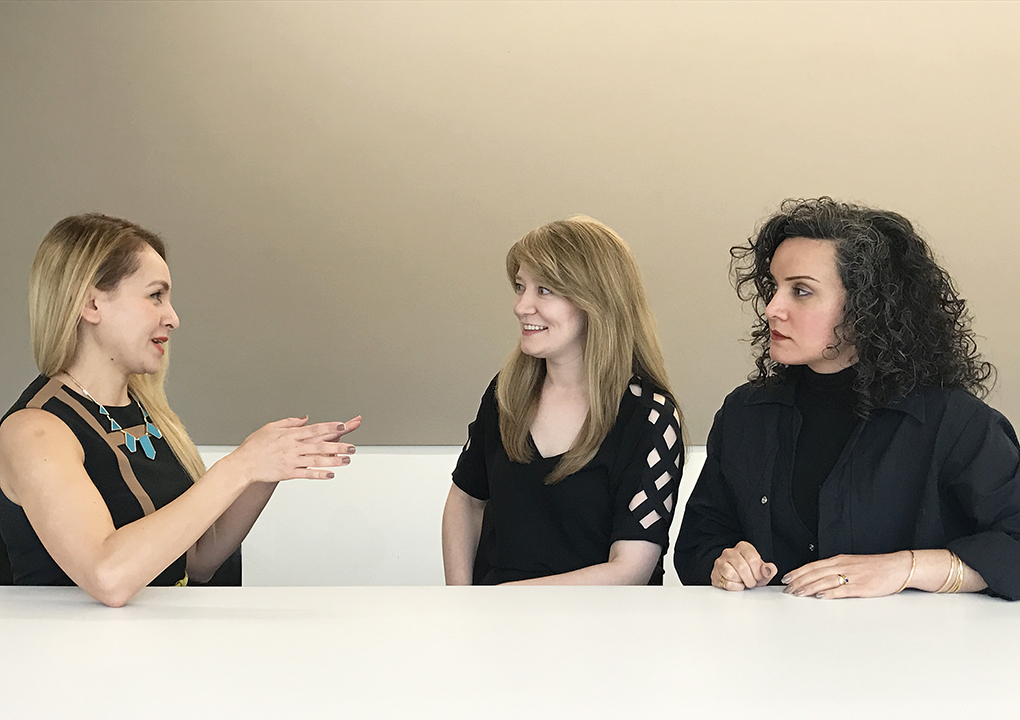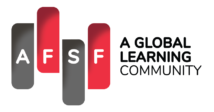By TEF / /

(This story is the fourth in a series to celebrate the 20-year anniversary of TEF Design. Check our blog for newly published, stories about our firm’s people, our community, and what drives us to design. Sign up — in the right corner above — to receive those updates in your inbox.)
TEF encourages its employees to engage in volunteer efforts, in line with the firm’s focus on community-oriented work. We gathered three of our staff to talk about their volunteerism and how it relates to what they do here at TEF.
Q: Maryam, let’s start with you.
Maryam Rostami: Years ago, I was on the board of a fantastic grassroots youth shelter in Berkeley called Youth Engagement, Advocacy and Housing, or YEAH! Their mission is to support young adults from the age of 18 to 24 who are currently homeless – many of them fresh out of the foster system. The organization operates out of a church in Berkeley and offers a limited number of beds to youth every night, as well as a lot of different support programs.
I haven’t been as active in the last couple of years, but I recently reconnected with them. And I love that the firm is enthusiastic about my becoming involved again. We may be able to help with a small renovation coming up. Working with these kinds of organizations is so meaningful to me, especially at these times. The youth served by YEAH! are really special people, as are the folks in the larger community around this agency. In our society, it seems like some of the most special people are under the most fire. These young people are at the age when they would ideally be in college or the workforce, but they haven’t had the support structure that many of us took for granted at that stage in our lives. Thankfully organizations like YEAH! and it’s umbrella agency, Covenant House, are there to help bridge the gap between teen-hood and adulthood.
Q: Amanda, what about you?
Amanda Hoch: I vividly remember the daunting task of finding the “perfect” career and the relief of discovering something I knew I would enjoy. It’s difficult. Most young people are only exposed to a few careers on a day-to-day basis, or at least that was my experience. Thankfully my love of sketching homes led to my pairing with an architect during my last required high school mentoring program. My mentor was Steve Jackson of Cockfield Jackson Architects. The short experience changed my life. The varied glimpses into the life of an architect clearly shed light on daily tasks that I knew I would enjoy. I walked with Mr. Jackson and a Fire Marshal during the review of an office complex, attended a consultant meeting and listened to Mr. Jackson discuss his experiences. That is why I volunteer now.
I wanted to give back once I started practicing architecture and I got involved with Architecture in the Schools, a program in Washington, DC, which teaches children about design career opportunities and how to start thinking about design. Design thinking is important even if they don’t become architects or designers. Because of their experience, they may become advocates for design or just have the additional knowledge for designing their own lives and futures.
I recently became a board member for the Architectural Foundation of San Francisco, a nonprofit organization whose main program is Build SF. Build SF provides a classroom program as well as mentorships with professionals to San Francisco high school students in architecture, engineering, construction, and design. It’s an incredible group and it allows me to have similar mentor/mentee relationships like I had with Mr. Jackson. The SF Build mentorships place students in firms during the school year. The students visit offices on a weekly basis. They are able to take part in meetings, daily tasks and site visits while getting an in-depth view of what it is like to be in the office. I’m grateful that TEF is supportive and able to host students. It a great experience for the students and everyone in the office.
Q: Diana, what’s your story?
Diana Rodriguez: I’m currently tutoring interns who are studying interior design. I meet with them once a week.
Q: The students you tutor—are they attending the same schools you did?
Rodriguez: Yes. I went to several design schools. A few of my students are at Cañada College, a few of them at San Jose State University. I remember how difficult it was, when I was a student, for us to find mentors. I got lucky my last year in college—my mentor was based in Philadelphia, but whenever she was coming to San Francisco for a business trip, she would let me know and ask if I wanted to meet. And I said, “Yes, please.” Many professionals don’t have a lot of free time to spend on tutoring. I don’t have children, so I can volunteer now.
I told one of our principals that I will be bringing one of my students to a TEF Talk. Every Thursday, we have what we call TEF Talks, hour-long classes in different subjects. I want this student to come because she was very oriented towards residential interior design until I showed her my portfolio. Now she’s getting motivated to turn her career toward commercial interior design. Maybe coming here can open her eyes to other possibilities. It will be a great experience for her to meet everybody.
Sometimes, I also help the people I tutor get jobs. I’m not a recruiter, but I know a lot of people, and I have good relationships with the other firms I’ve worked with.
Q: Did you come to TEF in part because of its community focus?
Rodriguez: Yes. What I really like about TEF is its diversity. And they are really open to helping the community. We share the same values, professionally.
Hoch: Absolutely. I had an inclination that TEF would support my community involvement based on the firm’s past projects like the Boys and Girls Club. These projects also speak to how TEF interacts with their staff and clients. There is a certain type of care or attention given to non-profit clients. That thoughtfulness and compassion tends to transfer to other areas as well. It is nice to be able to serve the community on multiple levels. TEF has been incredibly supportive. Now I know about TEF’s history of educational volunteering with the LEAP Sandcastle Competition and The Architectural Foundation of San Francisco. Both opportunities have allowed me to easily continue and expand my efforts.
Rostami: I was attracted to TEF’s mission, too. It seems to me that there’s a good balance of work for nonprofit and for-profit clients. I love that we have a relationship with Tipping Point Community, an organization that provides grants to other nonprofits that include Caliber Schools, Rubicon Programs, First Place for Youth and Larkin Street Youth Services. We’ve helped them with the design of the Center for Youth Wellness/Child Advocacy Center, an unprecedented consolidation of health services in the Bayview. I’m proud to tell people that one of our best-known recent projects is the Boys and Girls Club of San Francisco in Hayes Valley. There’s this thread of social and economic justice that connects a lot of our work. Supporting organizations that are giving kids opportunities, offering healing services to those in need, and breaking the cycles of poverty—these things resonate deeply with me.
